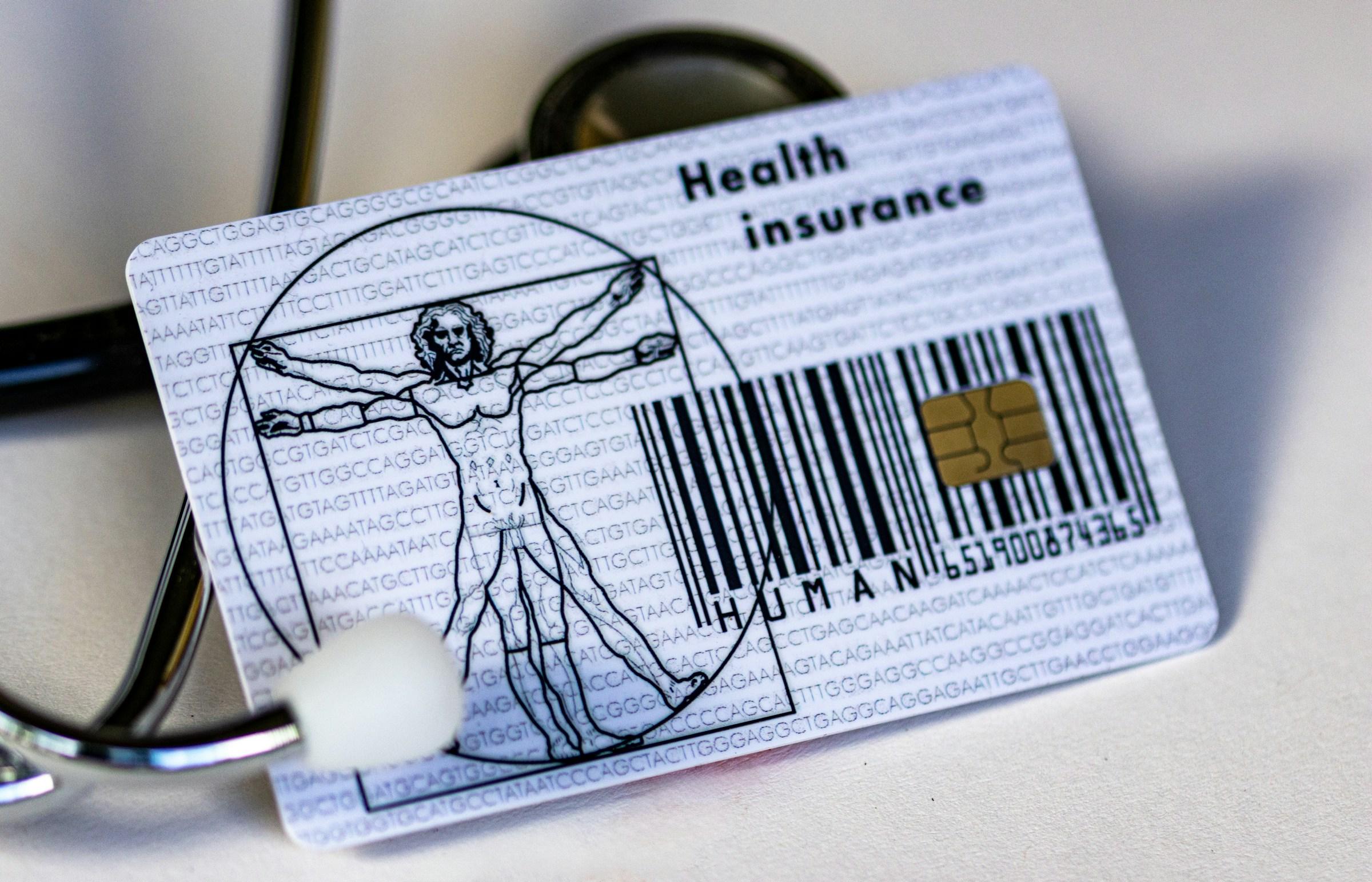You are booking flights, tossing hotels into a tab, and an extra screen pops up asking if you want to protect the trip for a small fee. It looks harmless. It also looks like the responsible thing to do. The pitch is simple. Pay a little now, dodge a huge bill later. The reality is messier. Travel insurance can help in very specific situations, but there are real disadvantages hiding behind clean marketing copy and bright buttons. If you ever felt burned after a denied claim, you probably met these issues the hard way.
The first disadvantage is the exclusion maze. Policies are built on lists of what is not covered. Pre existing conditions are the classic example. If you had symptoms before you bought the policy, even if you felt fine when you clicked purchase, many plans consider that excluded. You can add a waiver on certain policies, but the rules are rigid on timing and documentation. The same thing happens with adventure activities. You assume snorkeling or riding a rental scooter is fine. The policy treats them as hazardous sports unless you paid for a rider. Worse, the definition of hazardous can be broad. A short trek above a specified altitude can be treated like mountaineering. That is not obvious at checkout when the upsell box just says Protect my trip.
The second disadvantage is claim friction. Travel insurance is famous for reimbursing after the fact. That means you often pay out of pocket first, then fight for repayment. If your suitcase vanishes, you do not get a new suitcase handed to you by the insurer. You get a claim number and a request for receipts, photos, boarding passes, and proof that the airline refused to compensate you. For medical issues abroad, many policies require you to call a hotline before treatment unless you are in a clear emergency. People forget that step in the middle of stress and time zones. Forgetting can void or reduce the claim. Even when you follow the playbook, the time to reimbursement can run weeks or months. That is a cash flow drag for students, gig workers, or anyone traveling light on spare funds.
The third disadvantage is sub limits that carve up your payout. The big number on the front page looks generous. Under it, there are caps for everything. A policy might advertise five hundred thousand for medical, then tuck in a one thousand limit for dental, a five hundred limit for baggage, and a per item ceiling that drops luxury goods into a black hole. Electronics are often capped in low three digits unless you declared them and paid extra. Depreciation tables apply to clothing, shoes, and luggage. That sentimental watch you bought in Tokyo is not getting valued at replacement price. It will be discounted by age and wear. If you do not have proof of ownership, like receipts or photos that clearly show the item before the trip, expect more pushback.
The fourth disadvantage is how cancellation really works. You might buy a policy expecting a refund if you change your mind. Most standard plans do not cover buyer’s remorse or a change of plans. Covered reasons are strict. Sudden illness, a serious family emergency, a natural disaster, or your airline going bust can qualify. Work obligations almost never count unless you add a special rider. Even then it usually requires a documented employer order, not just a busy week. Cancel for any reason exists, but it is more expensive and still often pays only fifty to seventy five percent of non refundable costs. It also has early purchase windows. If you buy late, you may not qualify at all.
The fifth disadvantage is geographic and political limits. Sanctions, war, or civil unrest carve out entire regions from coverage. A government advisory can flip a destination from covered to excluded after you booked. Pandemics reveal this the hard way. Many policies rewrote terms to limit coverage related to outbreaks after 2020, or they require that the illness directly affects you, not just your travel plan. Quarantine delays without a positive test can fall into a gray area. If your plan uses a list of covered events, and the event does not match exactly, your claim will not pass review.
The sixth disadvantage is network and quality uncertainty. Some plans say they are primary coverage. Others are secondary, which means they pay only after your local or employer plan finishes. If you are from the US, your domestic plan might not cover international treatment at all, leaving you exposed until travel insurance steps in. If you are from the Philippines or the GCC, you might be used to cashless panels. Travel insurance does not always work that way. Even if the insurer advertises a network, the actual clinic near you may have never heard of your plan. You end up swiping your own card and chasing reimbursement. The hotline can direct you to an approved clinic, but that might be across town and closed on weekends. In an emergency you go to the nearest hospital and deal with paperwork later. That is not what the glossy landing page prepared you for.
The seventh disadvantage is age pricing and pre trip hoops. Policies get expensive fast for older travelers, and many require medical declarations above a certain age. That creates a stress tax for parents and grandparents who want to visit family or take a bucket list cruise. Even younger travelers get hit with silly requirements. A missed connection claim can demand proof that you left enough buffer between flights according to specific rules. If you booked a tight layover to save money, the policy might treat that as your fault and deny the payout. Weather claims can get denied because the delay was under the minimum hour threshold stated in the policy. These micro rules stack up in ways that make the product feel less like a safety net and more like a test.
The eighth disadvantage is app level traps and partner markups. Airlines, online travel agencies, and hotel sites often sell white labeled policies at checkout. The convenience is real. The coverage and price are not always great. You can pay more for less simply because you bought the default option. Some checkout flows pre select insurance and make you untick it to opt out. Others bury key terms behind expandable menus that most people never open on mobile. The aggregator model also creates a mismatch between who sold you the policy and who handles the claim. You end up being bounced between the travel app, the underwriter, and a third party administrator. Each one asks you to explain the story again. Each one can delay your file by days.
The ninth disadvantage is currency, timing, and documentation friction. You bought the policy in your home currency, but your expenses are in a different one. Reimbursement might use an exchange rate that is not the one you paid at the point of sale. If you used cash for taxis and food while stranded, you will be asked for receipts. If you grabbed a ride on a local app and deleted old rides to clear space, you lose the proof. Boarding passes, delay letters from the airline, police reports for thefts, and medical records in a foreign language become documentation homework. Some administrators want certified translations. That is more cost and more time.
The tenth disadvantage is moral hazard suspicion baked into claims review. Insurers are not judging you personally, but the process assumes people will try to game the system. That means your story gets tested line by line against rules. If your flight was delayed, the policy may require a written statement from the airline citing the reason. If the reason is crew scheduling instead of weather, the payout rule can flip. If your bag was stolen, the policy might require a police report filed within twenty four hours. If you were on a beach island or in a rural town where reporting was not possible, you will be asked to explain why you did not meet the window. Every gap is a reason to shave the payout or deny it.
The eleventh disadvantage is overlap confusion with your credit card perks. Many mid tier and premium cards already include trip delay, baggage, and car rental coverage if you paid with that card. Buying a standalone policy without checking your card benefits can double pay for the same thing. The flip side is also a headache. You assume your card covers it, but the card benefit has even tighter rules and lower limits. You end up filing two claims and neither one pays fully because each is secondary to the other. That is paperwork purgatory.
The twelfth disadvantage is that insurance nudges behavior in ways you did not plan. You might book non refundable rates because you think the policy has your back. You might pick a layover that makes your itinerary riskier because you feel protected. In practice, the product is not built to rescue every risky choice. If anything, it rewards conservative planning. That is fine if you know it going in. It is rough if you realize it only after a denial.
So what do you do with all this. The answer is not to swear off travel insurance forever. It is to treat it like a tool with sharp edges. Here is a quick way to inspect a policy before you tap buy. First, read the covered reasons for cancellation and interruption, not just the marketing bullets. If the reason you care about is not clearly listed, assume it is not covered. Second, scan sub limits for medical and baggage, and check per item caps and depreciation language. If your gear is valuable, either declare it or plan for self insurance. Third, look for claim workflow details. Is there a hotline requirement before treatment. Are there time thresholds for delays. Is the plan primary or secondary. Does it specify cashless networks in the region you are visiting.
If you dislike reading PDFs on a small screen, pick one question that matters most for your trip and verify that single clause. Flying during storm season. Check the delay threshold and required airline proof. Going on a dive trip. Check hazardous activity riders and depth limits. Visiting family with a known health issue. Check pre existing condition language and waiver windows. Shopping on a travel app that pushes a default policy. Open the full wording and compare it to a similar priced plan from a direct insurer or a reputable broker site. Defaults are rarely the best deal.
It is also fair to ask whether the money would be better spent on a small emergency fund that you can access while traveling. For short domestic trips with low prepaid costs, self insuring can be rational. For international trips with expensive prepayments or limited access to care, a carefully chosen plan still makes sense. The goal is not to buy the most features. The goal is to match the real risks on your itinerary. You do not need coverage for everything. You need coverage that actually pays for the thing you would not be able to handle out of pocket.
There is one more mindset shift that helps. Think of travel insurance as a claims experience, not a product box. When a plan makes claims easy, you feel the protection. When a plan makes you chase papers across time zones, you feel the disadvantage. That is why it pays to skim reviews that mention claims, not just five star ratings on purchase flow. It is also why you should keep digital copies of receipts, boarding passes, and confirmation emails in one folder. If a claim is worth making, it is worth documenting as you go, not when you get home and forget the details.
The disadvantages of travel insurance do not disappear because the checkout box used friendly copy. They show up at the worst possible moment, during delays, illness, or theft, and they punish gaps in proof and timing. If you decide to buy, do it with eyes open. Pick a plan that names your risk, not one that only sounds comprehensive. If you decide to skip, do it because your trip is simple and your budget can absorb a hit, not because you were annoyed by reading the fine print. Either way, the simple win is clarity. You get to choose the risk you carry. You also get to choose not to rely on a promise that will not pay. That choice is the real protection.
Travel insurance is a tool with sharp terms. It helps when the risk is big and specific, but it can be overpriced or useless if you buy the default box without reading. For many trips, a better policy or a small emergency fund beats the checkout upsell. For big trips, buy a plan that matches the real risks and keep your proof tight. It is better than nothing, but it is not a magic refund button. Use it with intent.






-7.jpg&w=3840&q=75)




-1.jpg&w=3840&q=75)
-3.jpg&w=3840&q=75)

-1.jpg&w=3840&q=75)
-12.jpg&w=3840&q=75)